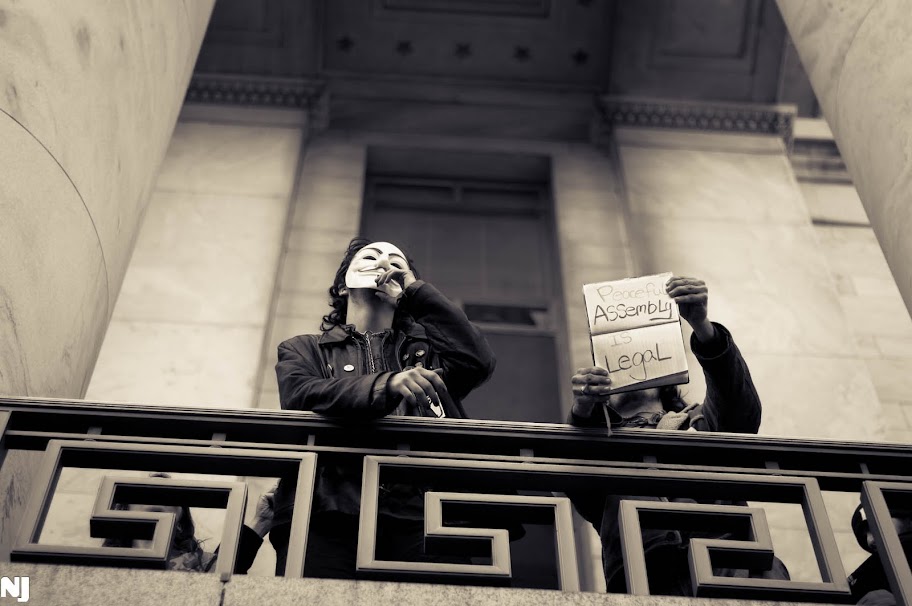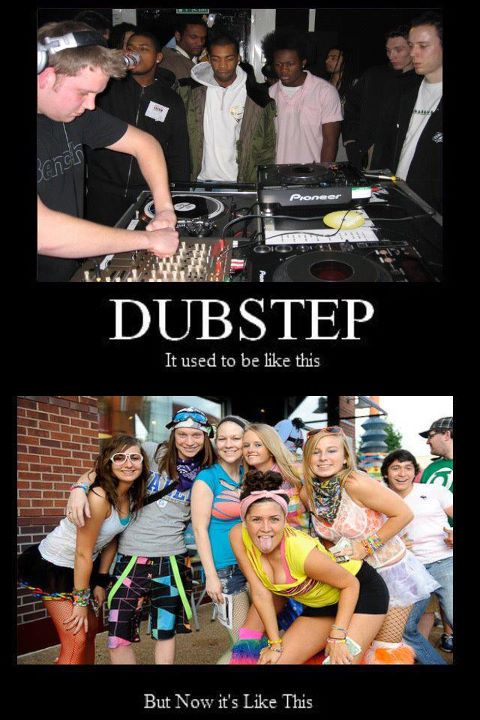[SPOILER ALERT: details about the first episode of Sherlock“A Study In Pink” are discussed below. The ending is not totally given away, but major story details are revealed.]
A few weeks ago, I challenged Kurt Anderson’s claim that cultural progress and innovation had stagnated in the last twenty years. Anderson, I contend, has ignored new mediums (the Internet), re-invented genres (hip-hop, electronic music), and new cultural stereotypes (geek chic, hipsters). But what ties all of these things together is the central thesis that consumer technologies are just as much cultural artifact as clothes or music. No where is this more obvious and brilliantly executed than in BBC One’s updated interpretation of the Sherlock Holmes mysteries. Set in present day London, “Sherlock” is a reinterpretation of the most famous Holmes mysteries and does an excellent job of translating the Victorian source material into a modern drama. That translation includes dress, idiomatic expressions, and vehicles- but it also includes cell phones, restrictions on smoking, and the War on Terror. Sherlock is a uniquely 21st century show that could not have taken place in the early 2000s or the 90s. more...












